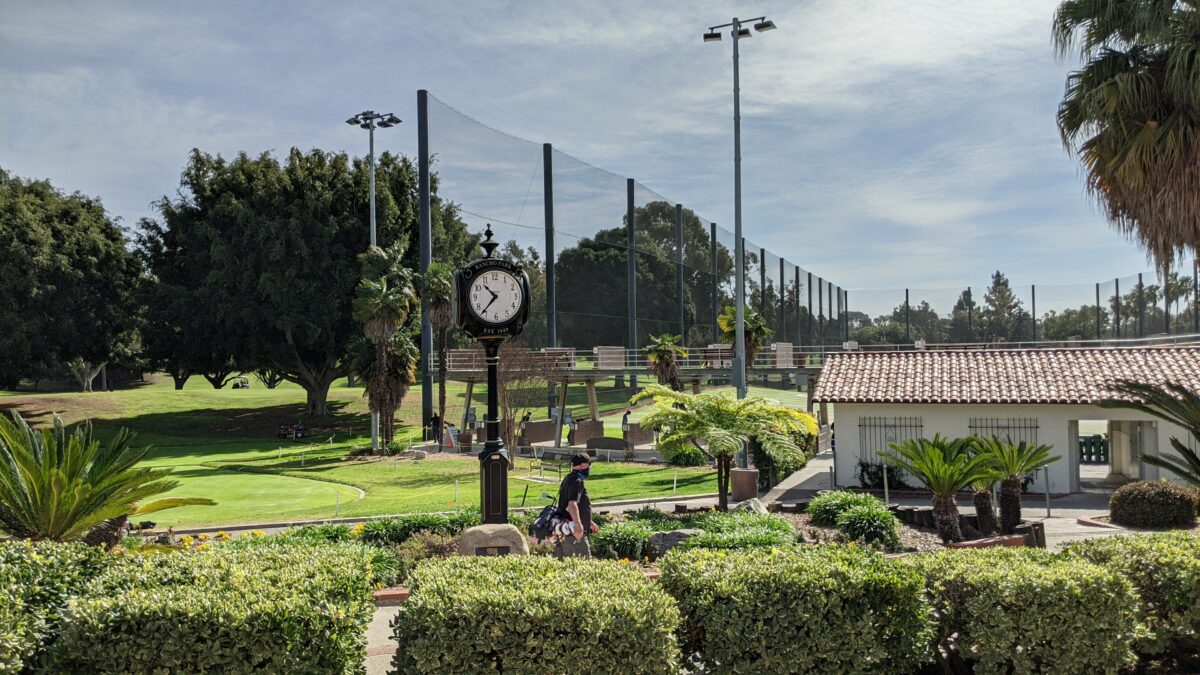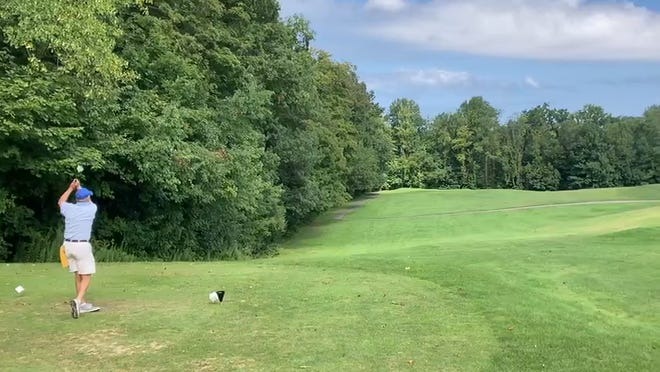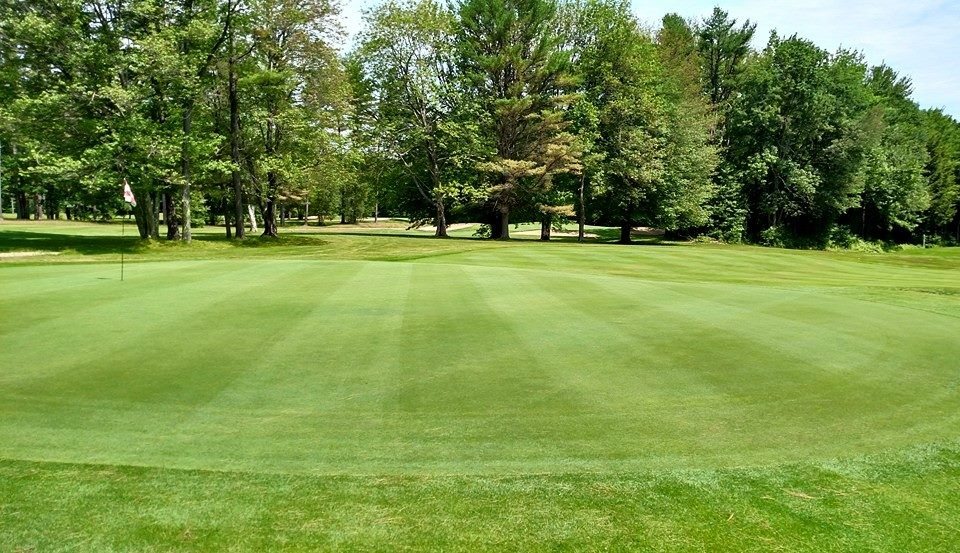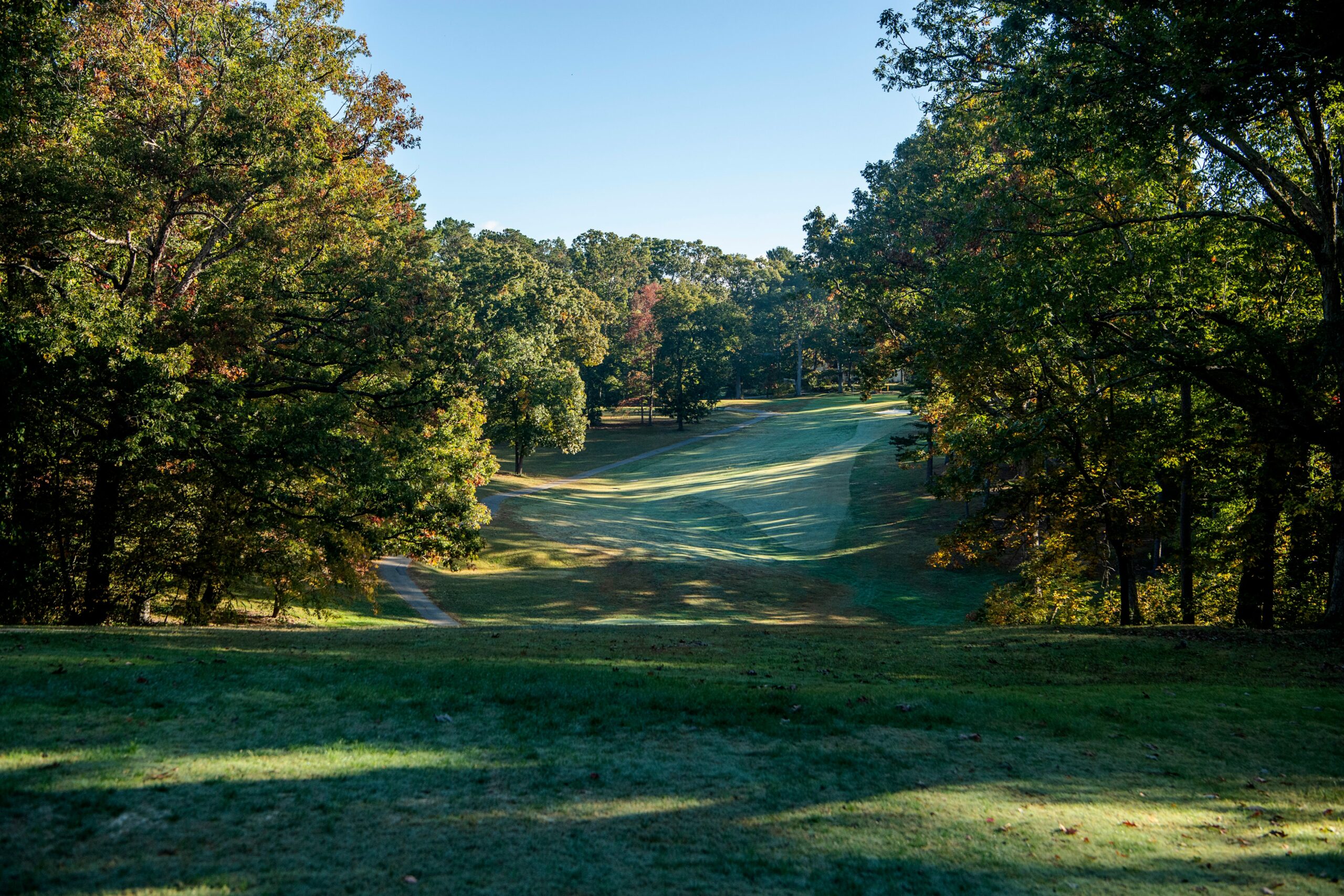NAPLES, Florida — Commissioners in Collier County have approved a long-term lease and operating agreement critical to the reopening of the Golden Gate golf course.
On Tuesday, the board voted unanimously in favor of the contract, authorizing the commission chairman to sign it.
The action has been a long time in coming.
Nearly six months after BigShots backed out of its plans to build a golf entertainment center on the county-owned land last year, a newly formed charity made an offer to step into its shoes in mid-December, then won a competitive bid to move forward.
The new nonprofit was formed by the Schmieding family, behind the global medical device manufacturer Arthrex, based in North Naples. Known as The Gate Golf Club Inc., it will design, build and operate the community project through a public-private partnership.
The county will kick in $6 million to help fund the redevelopment, the same amount it promised to give BigShots before the company bowed out, then got absorbed by its competitor TopGolf.
The new golf complex will include a nine-hole community course with a driving range, a practice area and a full-service restaurant, with at least 150 seats. It will also have a pro shop, cart barn and maintenance building.
For a nominal amount, The Gate will sublease a portion of the land to First Tee for the development of a clubhouse with classrooms, offices, conference rooms and storage to support that organization’s youth development program.
Arthrex has long been a big supporter of First Tee in Collier County.
In partnership with First Tee Naples/Collier, Arthrex plans to create a golf learning center for kids to introduce them to the sport, while using the sport to develop their character and core values. The First Tee Academy would offer advanced, interactive technology and learning classes, as well as providing a practice area for young players at the site.
Golf complex will have many benefits
Ed Finn, an assistant county manager, told commissioners the project would be built to the highest standards, and give the public access to a public golf course that meets the community’s highest expectations. He listed the many benefits of the project, from boosting the local economy to enhancing green space and increasing golf access by making it more affordable for the community.
Discounts would be offered to county residents on rounds of golf, in the amount of 40% on seasonal rates and 20% on offseason rates. The annual value of the discounts is estimated at $600,000.
Participants in First Tee would also get a break on rates.
The Gate will pay a base rent of $130,000 a year to the county, which will be phased in over the first three years of operations, then subject to an annual adjustment, based on the Consumer Price Index.
A private company will be hired to manage and maintain the operations.

Before construction can begin, the county commission must approve more detailed plans for the project, which are expected to come back to the board within six months.
Once plans are approved and all site-related permitting is obtained, construction will have to be completed with 24 months, or two years, under the terms of the lease, unless there is justification for delays.
“There could be some twists and turns in this,” Finn said.
If all goes as planned, the golf course could open in the fall of 2025.
The cost of the development has been estimated at about $21 million.
The agreement includes an out clause should environmental issues arise that make it too difficult or costly to build.
The Golden Gate golf course has been closed for more than four years.
Collier County purchased the property, located at the corner of Collier Boulevard and Golden Gate Parkway, in July 2019, from its owners for $29.1 million, with the goal of preventing overdevelopment in the wrong hands, and with the intent of maintaining a public golf course.
Project will bring golf course ‘back to life’
A handful of neighbors spoke in favor of the lease and operating agreement with The Gate, saying they’re eager to see dirt move, after so many unforeseen challenges and delays.
“Arthrex is bringing this golf course back to life,” said CeCe Zenti, who lives nearby, in the Par One subdivision.
The proposal, she said, will allow people of all backgrounds to play golf, including young families, and their children.
“This is a project whose time has come,” Zenti added.
During the board’s discussions, Commissioner Rick LoCastro said it was an “opportunity we don’t want to waste,” with the “50-pound brain” of Arthrex’s founder Reinhold Schmieding behind it. Arthrex, a formidable force in its industry, has overseen and completed many big construction projects, as it’s continued to expand its footprint in Southwest Florida and beyond.
While it’s hard to determine if the proposed golf complex is perfect in every way, without the benefit of more detailed plans at this time, LoCastro said a “9.5 right now” is better than a “10 that never comes.”
“Will it be a 10? I don’t know,” he said.
Collier County Commissioner Rick LoCastro, shown here at a meeting on Tuesday, March 28, 2023, said the golf course project is an “opportunity we don’t want to waste.”
A ‘long time in coming’
Commissioner Burt Saunders, who represents Golden Gate, has championed the project and other uses at the shuttered golf course property, including workforce housing and a veterans nursing home.
“For me, this has been a long time in coming,” he said. “So, I’m delighted.”
He motioned to approve the agreement and thanked the commission for “staying the course.”
Commissioner Bill McDaniel seconded, expressing his support, after getting a few questions answered about the project, and the lease terms.
Although a bit painful, Commissioner Dan Kowal said he’s glad the deal with BigShots fell through because the county ended up with a much better offer that will be more beneficial to the “entire county.”
He said the involvement of First Tee will make the project “fantastic.”
The local chapter has the potential to become a “model for the country,” as part of the redevelopment, Kowal said.
The proposal by BigShots also included a home for First Tee, so when the deal fell apart it came as a big disappointment to its leaders, supporters and participants.
LoCastro gave credit to the hard work of Cindy Darland, executive director at The First Tee of Naples/Collier, who continued to push for its inclusion, as part of a larger community project, with passion and clarity. He pointed her out in the second row of commission chambers.
“You might be sitting in the second row,” he said, “but I think on this project you are front and center.”









